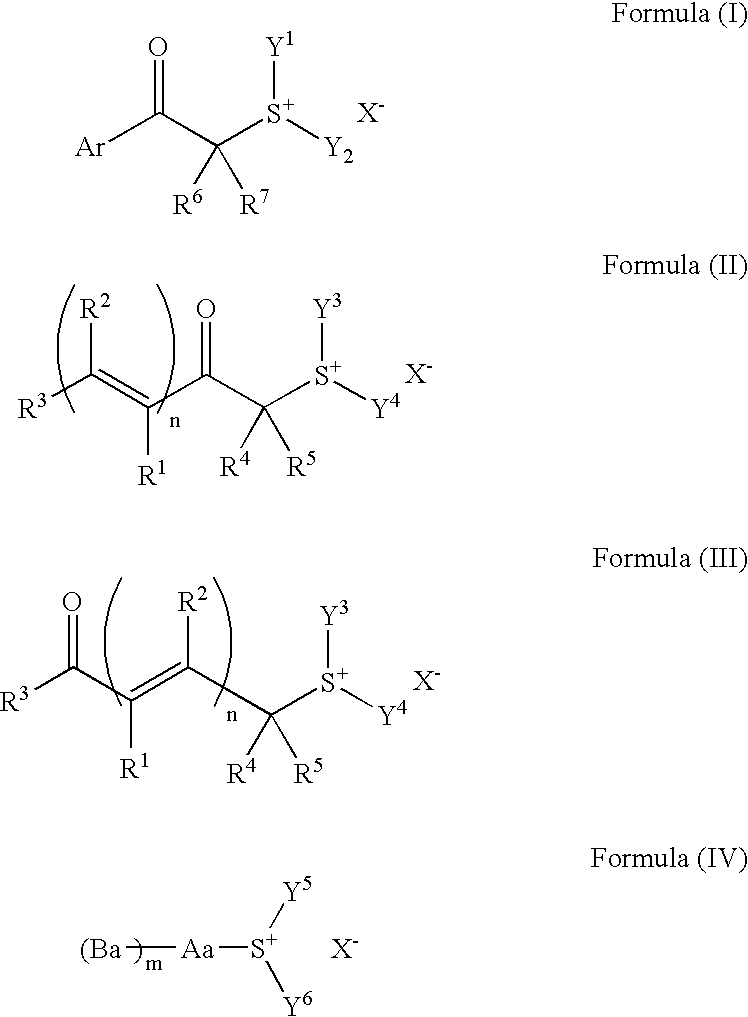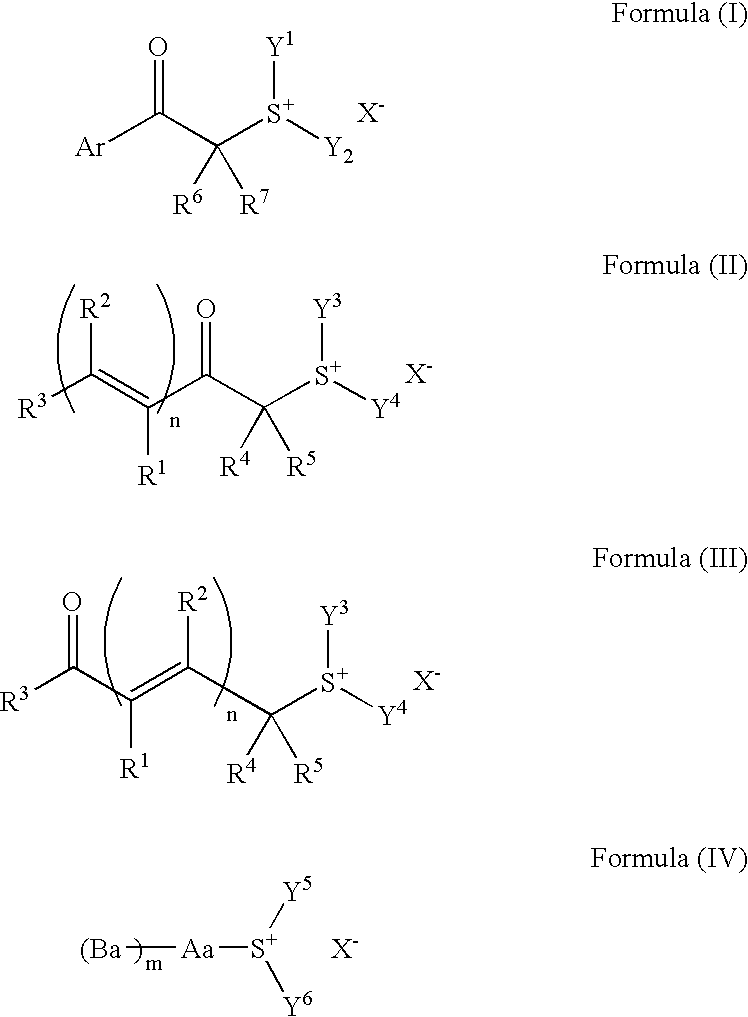Image recording material
a technology of image recording and recording material, which is applied in the field of image recording material, can solve the problems of increasing the solubility of the image portion, deteriorating image sharpness, and insufficient contrast of images developed after exposure, and achieves high alkali solubility, low resolution, and high sensitization
- Summary
- Abstract
- Description
- Claims
- Application Information
AI Technical Summary
Benefits of technology
Problems solved by technology
Method used
Image
Examples
examples
[0349] Hereinafter, the present invention will be described in more details along with Examples, however the invention is not limited to these Examples. In the Examples, image recording materials of the invention were evaluated by being used as planographic printing plate precursors. These evaluations were used as evaluations of the image recording materials of the invention.
[Production of Supporting Bodies]
[0350] A support is produced by treating JIS-A-1050 aluminum sheets with 0.3 mm thickness by a combination of the following processes.
(a) Mechanical Surface Roughening Treatment
[0351] While a suspension containing a polishing agent (silica sand) with a specific gravity of 1.12 and water is supplied as a polishing slurry to a surface of each aluminum sheet, and mechanical surface roughening is carried out by rotating roller type nylon brushes. The average particle size of the polishing agent is 8 μm and maximum particle size 50 μm. The material of the nylon brushes is 6-10 ny...
PUM
| Property | Measurement | Unit |
|---|---|---|
| wavelength range | aaaaa | aaaaa |
| particle size | aaaaa | aaaaa |
| particle size | aaaaa | aaaaa |
Abstract
Description
Claims
Application Information
 Login to View More
Login to View More - R&D
- Intellectual Property
- Life Sciences
- Materials
- Tech Scout
- Unparalleled Data Quality
- Higher Quality Content
- 60% Fewer Hallucinations
Browse by: Latest US Patents, China's latest patents, Technical Efficacy Thesaurus, Application Domain, Technology Topic, Popular Technical Reports.
© 2025 PatSnap. All rights reserved.Legal|Privacy policy|Modern Slavery Act Transparency Statement|Sitemap|About US| Contact US: help@patsnap.com



